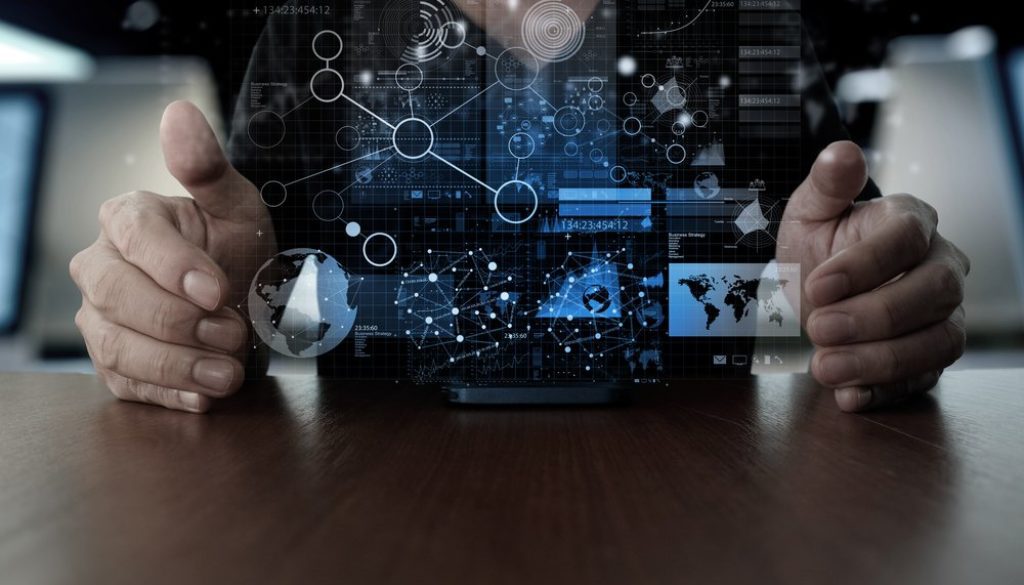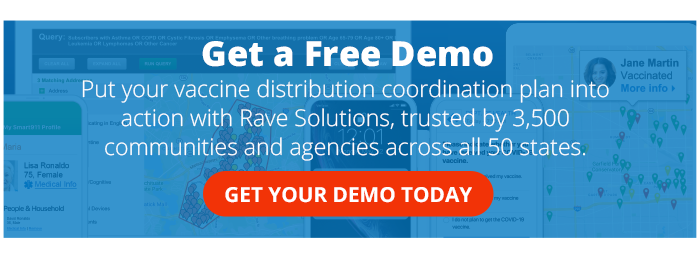COVID: Rave Year in Review
2020 was a bad year. Due to the COVID-19 pandemic, millions of people suffered bereavements, lost their jobs, and/or experienced financial difficulties. Although the situation is improving thanks to the success of COVID-19 mitigation strategies, millions more people may yet be impacted by the consequences of the pandemic due to the mental health crisis sweeping America.
The impact of the COVID-19 pandemic is unprecedented. More than half a million people have died, more than 20 million people lost their jobs – albeit temporarily for some – and 34% of families in renter households don’t have enough food to eat or have fallen behind with their rent – or both.
During the height of the pandemic, more than 40% of U.S. employees worked from home, millions of students fell months behind with their education, and it has been forecast tens of thousands of people will suffer serious and potentially life-threatening health conditions due to diagnostic delays.
The Impact on America’s Mental Health
With so much loss, fear, and uncertainty caused by the COVID-19 pandemic, and not forgetting the political and social events that permeated throughout 2020, it is understandable there was a significant deterioration in America’s mental health – which wasn’t in a good place to start with.
According to Mental Health America’s “COVID-19 and Mental Health” report, the organization saw a 93% increase in people taking anxiety tests and a 62% increase in people taking depression tests last year, with 8 out of 10 people in both categories registering moderate to severe symptoms.
Speaking with CBS News, Paul Gionfriddo – Mental Health America’s President and CEO – described the situation as “a second wave to the physical health wave of the pandemic” and he called on state and local leaders to “rebuild the mental health delivery system so it meets the needs of the people”.
Rave Solutions to Help Address Mental Health Issues
Even before the start of the pandemic, we were discussing how mass communication platforms can be used to manage parent and student anxiety in K-12 schools, and how campus safety apps can support mental health wellbeing courses in colleges and universities and keep student better informed about the Higher Ed mental health resources available to them.
As the pandemic started, we highlighted the need for state and local leaders to provide credible public information and digitalize access and functional needs registries. We also explained the best way for businesses to communicate the what, when, and how of coronavirus to employees and how to conduct remote mental health wellness checks using our coronavirus response solutions kit.
We also didn’t forget about those in the front line who were dealing with America’s deteriorating mental health – demonstrating how technology can better prepare first responders for the mental health crisis, how healthcare facilities can protect staff against mental health burnout, and how law enforcement agencies were partnering with support groups to keep people with mental health issues out of the criminal justice system.
2020 Wasn’t All about Mental Health Issues
Sadly, along with the physical and mental consequences of COVID-19, lockdowns brought other problems. In response to increasing reports of domestic abuse, we suggested how digital access and functional needs registries and safety profiles could ensure abuse survivors are given the appropriate support, while anonymous tip texting services could accelerate emergency response in domestic abuse cases.
During the year, many organizations experienced logistical issues due to remote working during lockdowns, or – as stay-at-home orders were relaxed – with short notice staff absences, supply chain delays, and coping with COVID-19 mitigation strategies such as social distancing in the workplace. There were also issues with customers refusing to conform with stores’ COVID-19 riles.
As the crisis continued, other safety incidents periodically took center stage. There were several incidents of social unrest during the year due to the political atmosphere and racial injustices, while climate change also played its part in “a year to forget” with the worst wildfire season on record and the most active hurricane season on record.
Rave Summit and Product Releases Support COVID-19 Mitigation Efforts
Although the Rave Mobile Safety team has been working remotely throughout the pandemic, it hasn’t stopped us being proactive in supporting clients with their COVID-19 mitigation efforts. In October, the Rave Summit was hosted virtually for the first time and among the dozens of topics discussed we talked about:
- What really causes communication problems
- Enhancing school safety and communications
- Applying the five pillars of crisis management in manufacturing
- How public safety agencies can prepare for the next phase of the COVID-19 pandemic
Also in October, we released the Rave Collaborate Platform – an integrated communication and task management solution for both planned and unplanned events. If you have not tried it yet, ask our team about a free demo to see how your organization can better manage crisis events, mitigate operational disruptions, and track compliance activities such as COVID-19 mitigation.
The following month – before the FDA had granted any Emergency Use Authorizations on COVID-19 vaccines – we rolled out our COVID-19 Vaccine Distribution Solution and provided advice about overcoming vaccination challenges such as vaccine distribution in the community, vaccine distribution coordination, and effective communication at mass vaccination sites.
The Pandemic is Ongoing, And So Are Our Efforts
The original intention of this blog was to demonstrate how we had supported clients through a year of unprecedented disruption caused by the COVID-19 pandemic. However, the pandemic is ongoing and so are our efforts. Throughout 2021, we will be attending dozens of events – both in-person and virtually – to help support clients old and new through the latest challenges.
We’ll also be hosting a further virtual Rave Summit in September, and producing more webinars, videos, and whitepapers to suggest ways in which schools, colleges, businesses, and public safety agencies can better protect those they have a duty to keep safe. Naturally, our blog will continue to keep clients up-to-date with relevant events such as K-12 stimulus funding, updates to Higher Ed security regulations, and changes to the Joint Commission’s accreditation standards.
If you are not yet a client of Rave Mobile Safety, you are invited to subscribe to our blog and newsletter by clicking on the red button at the top of the page. You can also follow Rave Mobile Safety on Twitter, on Facebook, and on LinkedIn; or, if you would like any further information about any of the topics or products discussed in this blog, do not hesitate to get in touch.





